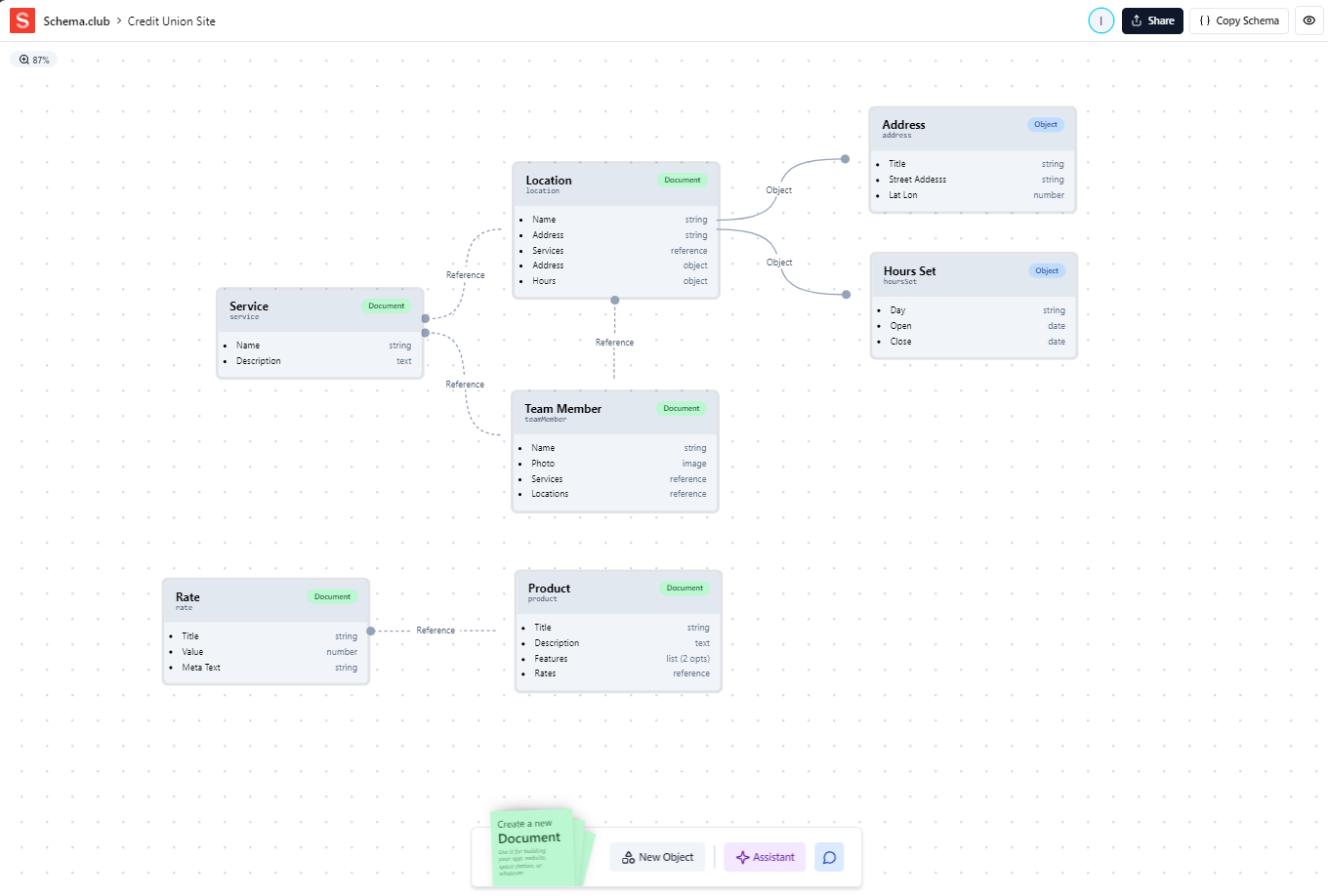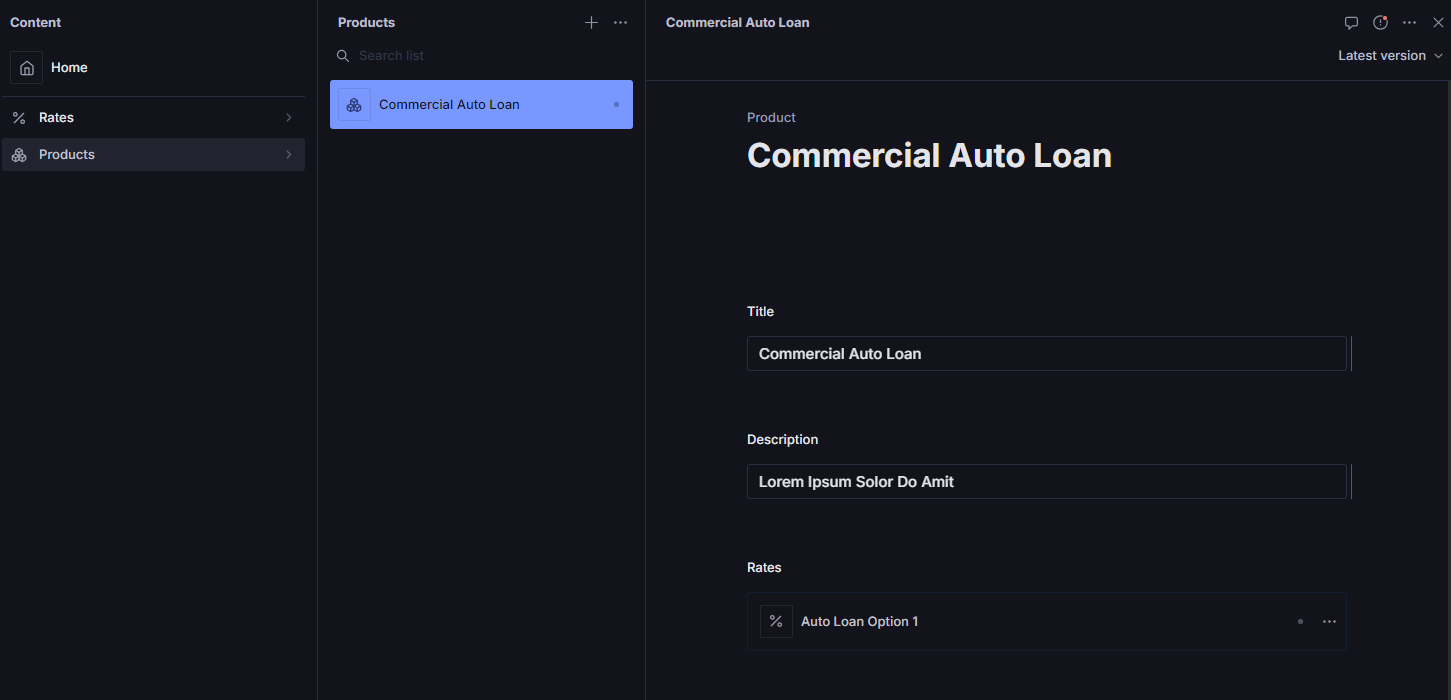NON-PROFITS & ASSOCIATIONS
In our 25+ year history, SilverTech has learned the intricacies required for non-profits and associations to thrive in the digital sphere. While the two industries vary in structure and output, the value each industry brings through connecting members and communities is a mission we love to get behind.
Our most valuable strength is our ability to learn about your organization and infrastructure, understand your challenges and listen to stakeholders. Our strategists will work with your organization’s leadership team to address and identify business issues, develop a strategy and build a roadmap to a digital transformation that meets your goals. We will help your organization determine your goals, define your brand outreach, align your message, and create measurable results. With solutions that range from content strategy and competitive analysis to customized development, UI/UX design and digital marketing, we can build a digital experience that moves your organization forward.
MEMBERSHIP MADE EASY
Members want a seamless, quick and easy modern digital process for engaging with your organization. They want to be able to manage their membership online, including being able to join/renew membership, pay dues, stay informed, register for events, and engage with other members. Updating your association's digital experience will provide value to your members, building trust and credibility in your organization, and increase your memberships. A functional website is the backbone of any association along with a comprehensive MarTech stack, digital advertising, and strategy; our team will build the digital solution you need to manage our members with ease.
DONATIONS THAT COUNT
Non-profits rely on providing a great digital experience to gain donations that help support your mission. Your digital strategy and user experience need to tell your organization’s story. Getting your story out will increase user engagement and your organization's reach. Ease of use when donating will increase the number and dollar amount of donations your organization receives. Whether you are looking for a fresh website design or a bold new digital marketing strategy, we can provide the expertise and guidance you need.
GET MORE INFO.
SERVICES
BOSMA
Bosma and its three entities, Bosma Enterprises, Bosma Center for Visionary Solutions, and Bosma Visionary Opportunities Foundation, have been dedicated to helping employ people with visual disabilities and providing hope for their future. When it was time to upgrade Bosma's CMS platform, it came to SilverTech.Planning a Website Migration Project with Sanity
10/2/24
The Challenges Teams Face When Planning a Website Migration
The websites of
today's enterprises are large and complex and it's not uncommon to have
thousands of pieces of content between unstructured pages and structured
content. This creates challenges for marketing and
technical teams wanting to move from an existing or legacy solution to a more modern
headless CMS solution. Luckily, Sanity is a modern CMS solution that is
architected to focus on content, configuration, and APIs which makes large
website migration projects easier. By leveraging Sanity's architecture, API, and proper planning, we can effectively plan a large scale website migration onto Sanity and scale content automation while optimizing our content for Sanity's best practices.
In this article we will talk about strategies for planning and executing a migration through content modelling, document configuration, and leveraging Sanity's API-first architecture.
Creating a Content Model For Mapping Existing Website Content To Sanity Documents
Proper planning is key to a successful migration project. While Sanity's focus on structured content has many benefits, many systems are built with unstructured content or page builder style systems. Because of this, we must catalog our content and model that content into structured concepts that work with Sanity's bet practices such as the following structures:
- Documents: A schema to represent a piece of content.
- Objects: A custom type used to represent a non-simple piece of data.
- Relationships: A relationship between documents.
As we catalog the content of the site, we want to think about how that content can fit within the above concepts. Lets take a typical website for a credit union as an example. Lets think about the type of content that we find:
- Rates
- Products
- Services
- Locations
- Team Members
We can use a content model visualization tool such as Sanity's Schema.club to help us model our content. Here is what our content model could look like:

The
above content model outlines various pieces of content we find on the site, and
models it in a way that works with Sanity's structure. This can be expanded on
for the rest of the website's marketing content, widget based objects for things
such as hero banners, SEO meta data, categorization, etc. Contact us to learn
about content modelling and plan your website migration
Development, Sanity Studio Configuration, and Content Migration
Now that we have modelled the content from our website, the development team is then ready to configure and develop the document schemas and editing workflows within Sanity. This step enables the Sanity Content Lake to record and store the data, and also provides a friendly user interface for marketers and content admins to maintain the website's content.

The document editing experience within Sanity Studio can be customized to suit the needs of the content and the team that needs to manage the content. Custom validation rules, customized fields, groupings for fields, and more can be implemented.
From here, we have the content building blocks required for the development team to build out the website with any number of frontend technologies and to develop content migration automations.
This is all possible due to Sanity's API-first architecture. Sanity as a platform does not restrict us on the technology that we integrate with and offers APIs we can leverage for the website to query our documents from the Sanity content lake, and other APIs for pushing and managing data within Sanity's content lake that we can leverage for migrating content.
Because Sanity's focus on structured content gives us dependable schema's for creating content within Sanity's content lake, we were able to carefully plan migrating our content to Sanity by creating a content model with Schema.club. From there, Sanity's API-first architecture allows us to be technology-agnostic when developing automations to pull content from another platform or data source. Whether we need to use a web scraper, read data from a database, or pull data from an API, we know that we will be able to format the data and push that data into Sanity's content lake using its APIs. This all makes automating content migrations a process that can scale and be cost and time effective compared to manual migration efforts.
To wrap up, Sanity’s API-first architecture and emphasis on structured content significantly streamline website migration projects. By focusing on these aspects, Sanity not only simplifies the migration process but also enhances content management and scalability. This approach ensures that your content is well-organized, easily accessible, and ready for future growth, making Sanity an ideal choice for modernizing your website infrastructure.
Categories:
Website Development
